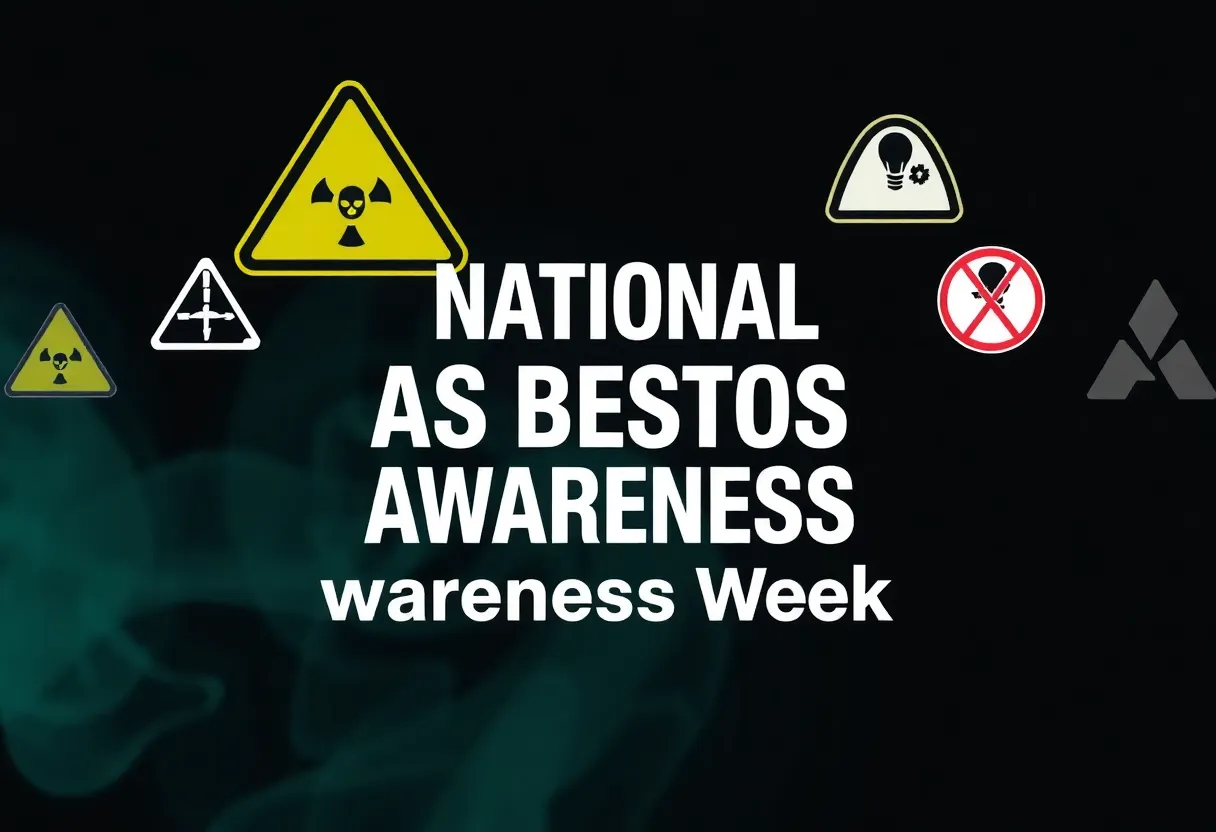News Summary
U.S. Senators declare April 1-7 as National Asbestos Awareness Week to raise awareness about asbestos exposure and its health risks in Montana.
National Asbestos Awareness Week Declared to Combat Deadly Health Risk
In a significant step towards tackling the health hazards posed by asbestos exposure, U.S. Senators Steve Daines and Tim Sheehy from Montana have successfully passed a resolution designating April 1-7 as National Asbestos Awareness Week. The initiative aims to shed light on the insidious impacts of asbestos in communities such as Libby and Troy, Montana, where residents have faced severe health crises linked to this notorious carcinogen.
The resolution serves as a wake-up call, highlighting the far-reaching consequences of asbestos contamination. With the World Health Organization reporting over 200,000 annual deaths associated with asbestos exposure globally, the stakes are higher than ever. Many Montanans have suffered from this toxic exposure, and it is imperative to raise awareness throughout the state.
Risks and Realities of Asbestos Exposure
Senator Daines imparted a poignant reminder of the tragic reality faced by many in Montana due to asbestos. With over 200 residents of Libby tragically losing their lives to asbestos-related diseases, the significance of National Asbestos Awareness Week cannot be overstated. Various health issues linked with asbestos exposure include lung cancer and asbestosis, underscoring the urgent need for public awareness and education on the dangers associated with it. The consensus among health experts is clear: there is no safe level of asbestos exposure.
The situational crisis in Libby and its surrounding areas led to their designation on the EPA’s Superfund National Priorities List in the early 2000s due to widespread asbestos contamination. This action emphasizes the major public health priority that asbestos represents, especially in communities where historical exposure occurred.
EPA Takes Action on Asbestos Risks
In conjunction with the declaration of National Asbestos Awareness Week, the Environmental Protection Agency (EPA) has recently initiated a risk management process to tackle the unreasonably high risks associated with legacy asbestos uses. An upcoming proposed rule aims to protect individuals from the dangers linked to this hazardous material.
Asbestos has been classified as a known human carcinogen and is specifically linked to serious health issues including lung cancer and mesothelioma. The EPA continues its rigorous assessments and has previously banned the use and import of chrysotile asbestos, effective since May 28. The current EPA risk determination evaluates various types of asbestos fiber, which may still be present in older construction materials, rendering construction workers particularly vulnerable.
Mobile Asbestos Screening Clinics in Kalispell
To take proactive measures against the health risks of asbestos exposure, a mobile asbestos screening clinic is set to operate in Kalispell, Montana. This initiative, organized by the Center for Asbestos Related Disease (CARD) in Libby with support from the CDC, targets individuals who lived in Lincoln County for at least six months in past decades.
Asbestosis, a severe lung condition, may manifest symptoms up to 40 years after exposure, making community outreach and health screenings crucial. The vermiculite mine in Libby is notorious for exposing countless workers and families to a unique form of asbestos for 70 years before its closure in 1990. The mobile clinic will offer free chest x-rays, autoimmune blood tests, spirometry breathing tests, and comprehensive health evaluations for eligible individuals.
Residents interested in these screenings must meet specific criteria, including proof of residency in Lincoln County and no prior diagnosis of asbestos-related diseases. This mobile clinic marks just one of many planned screenings as part of a broader initiative to address the palpable public health risks associated with asbestos exposure.
Those seeking more information about eligibility and the nature of the screenings can reach out to the Center for Asbestos Related Disease. The escalating awareness of the dangers associated with asbestos, coupled with supportive measures such as screening clinics, serves as a beacon of hope for those affected in a community still healing from the shadows of its past.
Deeper Dive: News & Info About This Topic
HERE Resources
Portage Biotech Inc. Stock Soars on Promising Mesothelioma Drug Results
Stock Market Faces Troubling Times: Inflation Data Sparks Concern
Beloved Pastor and Community Figure James “Jim” Ebaugh Schuman Passes Away from Mesothelioma
Global Asbestos Awareness Week Highlights Safety Concerns
Ministry of Education Takes Bold Step in Battling Asbestos
Asbestos Banned in India’s Educational Institutions: A Health Revolution
Frank K. Krohmer Files Lawsuit Against Asbestos Manufacturers
Current Status of Pilgrim Nuclear Power Station Decommissioning
Protests Erupt at Li’l Abner Mobile Home Park Over Asbestos Dangers
Residents of Li’l Abner Mobile Home Park Battle Against Demolition and Asbestos Risks
Additional Resources
- NBC Montana: National Asbestos Awareness Week Declared
- Wikipedia: Asbestos
- Safety and Health Magazine: EPA Releases Risk Evaluation Plans
- Google Search: Asbestos exposure health risks
- AP News: The Libby Asbestos Crisis
- Google Scholar: Asbestos related diseases
- NBC Montana: Asbestosis Screening in Kalispell
- Encyclopedia Britannica: Asbestosis



















